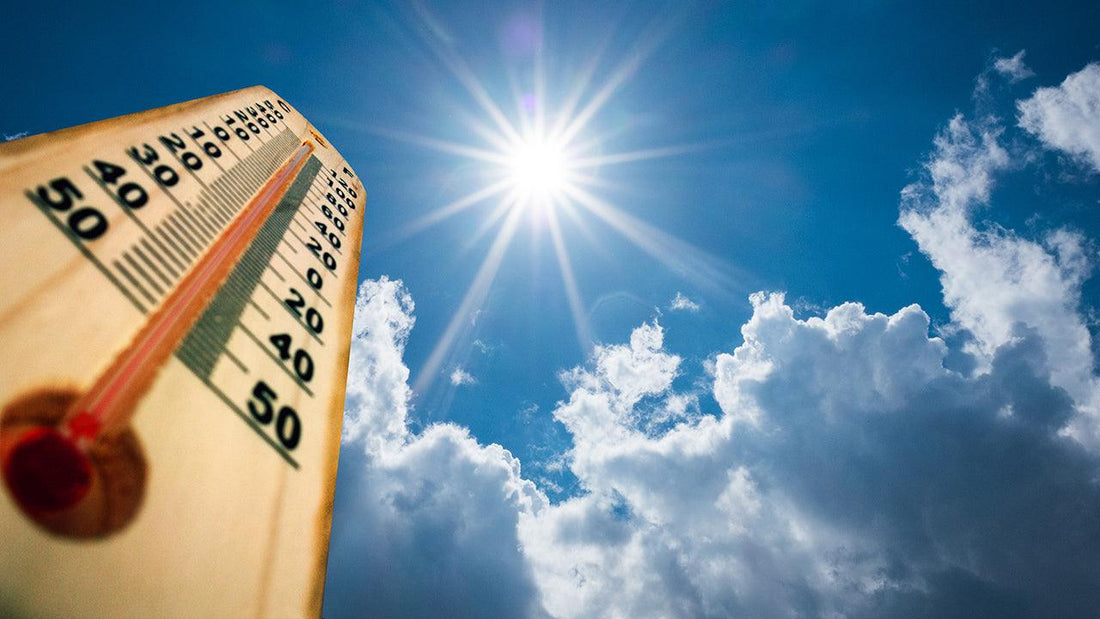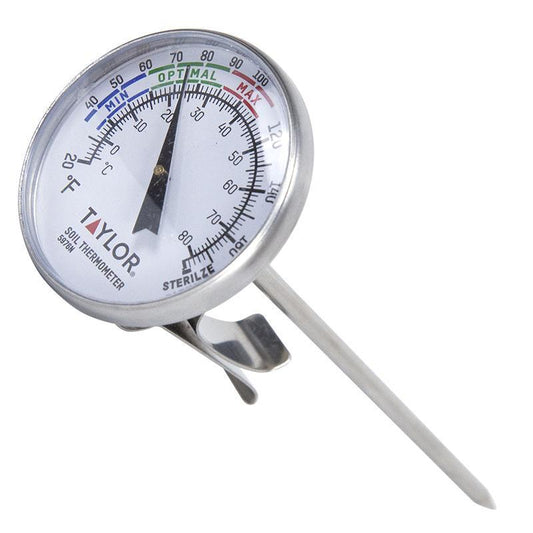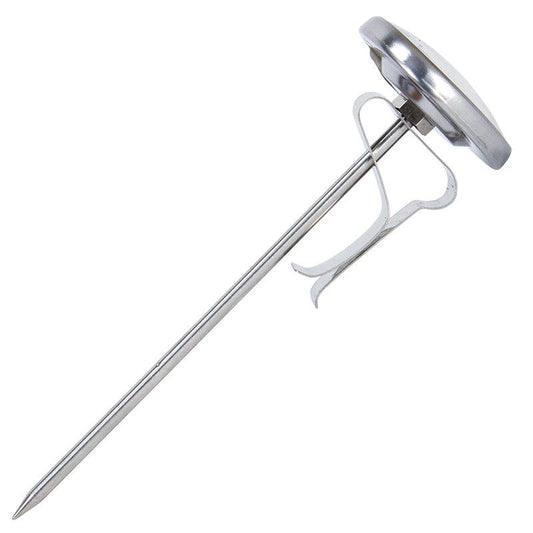Weeding is one of the most labor-intensive tasks in gardening, especially for organic gardeners who avoid chemical herbicides. Fortunately, there’s an effective and eco-friendly solution: solarization. This method harnesses the sun’s energy to heat the soil, eliminating many weeds, pests, and diseases while improving soil health.
Whether you’re tackling a small garden bed or a large field, solarization is a practical technique that reduces the need for chemical interventions, promotes organic gardening practices, and prepares your soil for productive planting seasons.
What Is Solarization?
Solarization is the process of using clear plastic to trap solar heat, effectively “cooking” the soil to kill weed seeds, soil-borne pests, and certain diseases. By covering moist soil with clear plastic and leaving it in place for several weeks during the hottest part of the year, you can create conditions that are inhospitable for many harmful organisms.
Solarized soil can reach temperatures of:
- 140°F in the top two inches.
- 100°F at depths of up to 18 inches.
This heat penetrates the soil and disrupts the lifecycle of weeds and pests, making it a powerful organic gardening tool.
Benefits of Solarization
Solarization offers several advantages for gardeners:
1. Weed Control
It is effective against many common weeds, including bermudagrass, johnsongrass, vinca, nutsedge, and bindweed. However, it may not completely eradicate weeds with deep rhizomes or specialized roots that can re-sprout.
2. Pest and Disease Reduction
Solarization helps control soil-borne pests like nematodes and diseases such as verticillium wilt and fusarium wilt. It’s an excellent alternative to chemical fumigation, which kills beneficial soil organisms.
3. Protects Beneficial Organisms
Unlike chemical sterilization, solarization does not harm mobile soil dwellers like earthworms, which can move away from the heat. Beneficial microorganisms such as mycorrhizal fungi and compost-friendly bacteria thrive in higher temperatures, further enriching the soil.
4. Speeds Up Organic Matter Breakdown
Solarization accelerates the decomposition of organic matter, making nutrients more readily available to plants. This is especially beneficial when applied after growing a green manure cover crop like Soil Builder Mix.
5. Versatility
Solarization can be used in:
- Small backyard gardens
- Large market farms
- Raised beds
It works best in full sun and is particularly effective in hot climates, although it can be adapted for cooler areas with proper techniques.
How to Solarize Your Soil
Follow these steps to effectively solarize your soil and prepare it for planting:
1. Timing is Key
- Choose the hottest time of the year, usually midsummer, to maximize soil heating.
- Plan to leave the plastic in place for 4 to 8 weeks for the best results.
2. Prepare the Soil
- Cut down and remove all plant matter or till it into the soil.
- Rake the soil to remove clods, debris, and sharp objects that could puncture the plastic.
- Ensure the soil surface is flat to create good contact between the plastic and the soil.
3. Moisture Matters
- Irrigate the soil thoroughly before laying the plastic. Moist soil conducts heat better than dry soil and makes weeds and pests more vulnerable.
- Ensure the soil is moist to a depth of 12 inches. You will not be able to re-moisten the soil once the plastic is in place.
4. Lay the Plastic
- Use clear polyethylene plastic, such as greenhouse plastic, to cover the soil. Avoid black plastic, as it absorbs heat rather than transmitting it into the soil.
- In cooler areas, consider using a double layer of clear plastic with spacers like PVC pipes between the layers for better insulation.
5. Seal the Edges
- Bury the edges of the plastic in soil to create a tight seal and prevent heat from escaping.
- Ensure the entire perimeter is sealed to maintain consistent temperatures beneath the plastic.
6. Monitor the Temperature
- Use a soil thermometer to check that the top six inches of soil reach at least 110°F daily.
7. Remove the Plastic
- After 4 to 8 weeks, remove the plastic. In cooler climates or for persistent pests and weeds, leave it in place for the full 8 weeks.
- Disturb the soil as little as possible to avoid bringing dormant weed seeds to the surface.
When to Use Solarized Soil
Solarized soil is ready for immediate use. You can plant directly into the treated soil, whether you’re preparing for a fall garden, planting a new lawn, or establishing perennial beds.
Limitations of Solarization
While solarization is highly effective, it has some limitations:
- Deep-Rooted Weeds: Weeds with rhizomes or deep taproots may survive and require additional control measures.
- Shady Areas: Solarization is not effective in shaded locations or areas that do not receive full sun.
- Cool Climates: In regions with mild summers, achieving the required soil temperatures can be challenging. Using double-layer plastic can help.
Tips for Success
- Use High-Quality Plastic: Ensure the plastic is durable enough to withstand weather and UV exposure for the duration of the process.
- Test the Temperature: Regularly monitor soil temperatures to confirm the method’s effectiveness.
- Target Specific Areas: Focus on solarizing individual beds rather than entire fields for better results.
Solarization: A Sustainable Gardening Practice
Solarization aligns with organic gardening principles, offering a chemical-free method for managing weeds, pests, and diseases. It also enhances soil health, making it an excellent tool for gardeners striving for sustainability and productivity.
By harnessing the power of the sun, you can prepare your soil for a successful growing season without relying on harmful chemicals.
Final Thoughts
Solarization is a simple, effective, and eco-friendly technique for managing garden weeds and pests while enriching your soil. By following the steps outlined here, you can take advantage of the sun’s natural energy to prepare your garden for a thriving, organic growing season.






4 comments
Geri, solarizing typically uses clear plastic to cook the weeds by heating up. Black plastic will also heat up and the weeds will be killed mostly by light exclusion. I do not think it will bother your large shrubs. I have used weed fabric around all of my large shrubs and trees to keep the weeds down and the plants are doing fine. That being said, weed fabric does breath more than a black plastic.
2 questions: Will solarizing kill roots of larger plants that I want to keep, such as well-established lilacs or an 8-ft tall gingko tree? And can I use edging instead of burying the edges? I’m using black tarps that I’ve pegged into the ground.
Emily, yes the greenhouse plastic will last many years either to use for solarization or as a cover for a greenhouse or hoop house.
Will the green house plastic be viable for repeated applications?